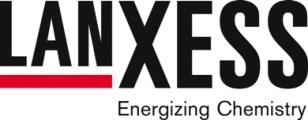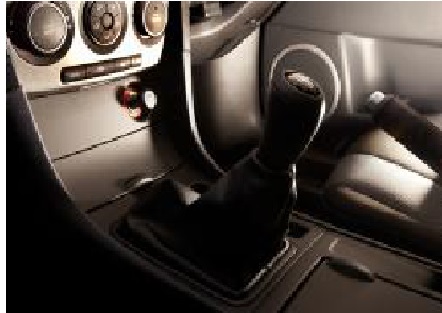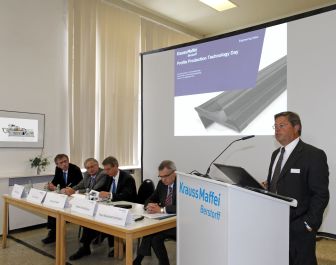Leverkusen – Transmission oil pans can also be made of polyamide 6 rather than steel sheet or die cast aluminum. One example is the S tronic® transmission in the Audi R8. Its oil pan is made of Durethan DP BKV 60 H2.0 EF from LANXESS, which is highly reinforced with 60 percent glass fibers.
“Our high-tech material is the material of choice because its extremely high stiffness ensures that the flanges are tight despite the very flat design of the oil pan. Furthermore, it is very well suited for welding to a polyamide 66, from which the oil filter cover is made,” said Frank Krause, a specialist for oil-bearing polyamide engine compartment components at LANXESS. The system supplier for the completely assembled transmission oil pan is IBS-Filtran GmbH in Morsbach, Germany.
Low tendency to creep and warp
The oil pan is less than 20 millimeters tall, enabling the entire engine to be mounted in a lower position. This lowers the vehicle’s center of gravity, which contributes to the outstanding grip and road handling of the Audi R8. Another consequence of the flat oil pan is a low flange height. If a “normal” polyamide 6 were used for the injection molding of the oil pan, the flanges would creep and deform on exposure to sealing force and thus leak. “On the other hand, our highly-filled polyamide hardly creeps at all. Even at 150 °C, it is twice as stiff as a standard polyamide 6 reinforced with 30 percent glass fibers, such as Durethan BKV 30 H2.0, for example. In addition, it also exhibits hardly any tendency to warp, which also has a positive effect on the tightness of the flanges,” added Krause.
Integrated oil filter
In addition to an oil displacer and a socket for the oil drain plug, the oil filter has also been injection molded directly into the oil pan using a patented technology from IBS-Filtran. If the component were made of metal, the oil filter would have to be fabricated separately from multiple components. According to Krause, “Not only would the costs be higher, the oil pan would also be significantly taller and thus noncompliant with the specifications for the installation space.” Another argument against steel sheet is that the oil displacer could not be deep-drawn because the draw ratios are too high.
Polyamide 6 welded to polyamide 66
The oil filter cover is made of Durethan AKV 30 H2.0, a polyamide 66 filled with 30 percent by weight glass fibers. It is welded to the oil filter housing. The resulting weld seam exhibits sufficiently high strength and satisfies all tightness requirements. “This example underscores that contrary to a common preconception, polyamide 6 and 66 can be welded together effectively. The condition is that the melt stabilities of the materials do not differ very much,” explained Krause.
HiAnt – customer service with component design and testing
LANXESS provided IBS-Filtran with comprehensive support in the development of the transmission oil pan. For example, the creep behavior of the highly-reinforced polyamide 6 and the tightness of the flanges when exposed to sealing force were computed. In addition, long-term storage at 150 °C during component testing demonstrated the high resistance of the oil pan to transmission oil. All of these services are part of HiAnt. The High Performance Materials business unit of LANXESS has bundled all its expertise relating to polyamide and PBT materials, design, computer simulation and process engineering into this brand to provide customers with tailored services.









